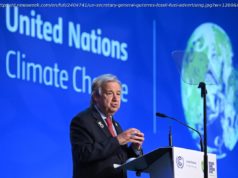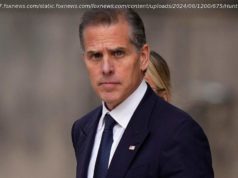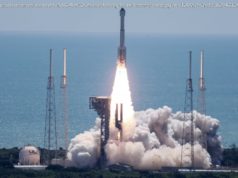Airline Safety And The Boeing 737 MAX 8
President Trump finally announced this afternoon that the US will ground the Boeing 737 MAX 8 and 9. Earlier today, Canada had joined the European Union, China, Australia, New Zealand and other major countries in barring the Boeing 737 MAX 8 from its airspace, citing satellite data confirming similar vertical trajectories of the crashes of the plane in Indonesia last October and in Ethiopia last Sunday in which a total of almost 350 people died.
EJERE, ETHIOPIA The crash site of Ethiopian Airlines Flight 302 on March 13,2019 (Photo by Jemal Countess/Getty Images) Getty
This is an abrupt change for the Trump administration. Just last night, the Acting Administrator of the FAA, Daniel K. Elwell, had doubled down on keeping the Boeing 737 MAX 8 in the air, stating that his agency’s extensive review of “aggregate safety performance from operators and pilots of the Boeing 737 MAX… shows no systemic performance issues and provides no basis to order grounding the aircraft.” Boeing’s CEO, Dennis Muilenburg, after a call with President Trump, had also declared his complete faith in the plane’s safety.
The FAA’s Failures In Disclosure
Trust in a crisis depends on truth-telling—something the current administration is not renowned for, with almost 10,000 false or misleading statements from the president alone.
In this case, the FAA statement last night did not disclose that five pilots had already raised serious concerns about the 737 MAX 8 in the federal database where pilots can voluntarily report about aviation incidents without fear of repercussions.
Instead, the FAA statement said, “Other nations’ civil-aviation authorities had not provided data to us that would warrant action.” Yet Elwell didn’t have to look to foreign civil aviation authorities for such evidence. There was such evidence, right here at home, as reported in the Dallas Morning News.
The FAA statement also did not disclose that Boeing had already issued an emergency airworthiness directive about the Boeing 737 Max 8 in response to the crash of Lion Air Flight 610 in Indonesia. The directive “was prompted by analysis performed by the manufacturer showing that if an erroneously high single angle of attack (AOA) sensor input is received by the flight control system, there is a potential for repeated nose-down trim commands of the horizontal stabilizer.”
Cockpit Voice Recorder (of the Boeing 737 Max-8 Lion Air after successfully rescued by Indonesian Navy (Photo by Aditya Irawan/NurPhoto via Getty Images) Getty
Nor did the FAA statement disclose that Boeing and the FAA had been working together for some months to deal with the possibility that the Indonesia crash was caused by a malfunction of its stabilization system. The Maneuvering Characteristics Augmentation System (MCAS) was included on the 737 Max 8 model as a mechanism to enhance safety. The idea was that the MCAS would automatically correct for a plane entering a stall pattern as a result of the nose pointing too far upward.






